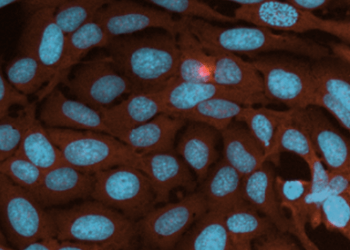High-content imaging (HCI) systems
High-content imaging is an advanced technique used in cellular imaging systems to capture and analyze extensive visual data from biological samples. It combines cutting-edge microscopy technology, sophisticated image analysis algorithms, and powerful data processing capabilities to rapidly quantify multiple parameters relating to cellular structures, functions, and responses.
Our ImageXpress® high-content imaging systems range from automated digital microscopy to high-throughput confocal imaging systems. Our state-of-the-art AgileOptix™ technology combines an advanced solid-state light engine, water immersion objectives, a scientific CMOS sensor, and proprietary, dual-spinning disk technology. These systems allow researchers to explore the complex world of cellular biology, capturing high-resolution images of cells and subcellular components with a high level of accuracy and detail.
The acquired images are then subjected to in-depth analysis using high-content analysis (HCA) software. This software encompasses powerful algorithms that can extract a wide range of quantitative measurements. With our AI-enabled solutions, researchers can obtain valuable insights into various cellular features, including cell morphology, protein expression levels, subcellular localization, and cellular responses to different treatments or stimuli with increased efficiency.
One key advantage of high-content imaging is its high-throughput capabilities. Researchers can analyze large numbers of cells and images in a relatively short period, enabling them to study complex cellular processes at an unprecedented scale. This feature is particularly useful in drug discovery, toxicology studies, and basic research, as it allows for efficient screening of compounds or investigation of cellular mechanisms.
Latest Resources
Featured cell imaging applications

Cancer Research
Cancer involves changes which enable cells to grow and divide without respect to normal limits, to...

Cell Imaging
Researchers have several options in methods for imaging cells, from phase-contrast microscopy that...

3D Cell Models
Development of more complex, biologically relevant, and predictive cell-based assays for compound..

Live Cell Imaging
Live cell imaging is the study of cellular structure and function in living cells via microscopy....

Cell Counting
Here we discuss the various methods and techniques used to assess proliferation, cytotoxicity, or...

Cell Migration Assays
The movement or migration of cells is often measured in vitro to elucidate the mechanisms of...

Neurite Outgrowth
Neurite outgrowth is assessed by the segmentation and quantification of neuronal processes. These...

Stem Cell Research
Stem cells provide researchers with new opportunities to study targets and pathways that are more...

